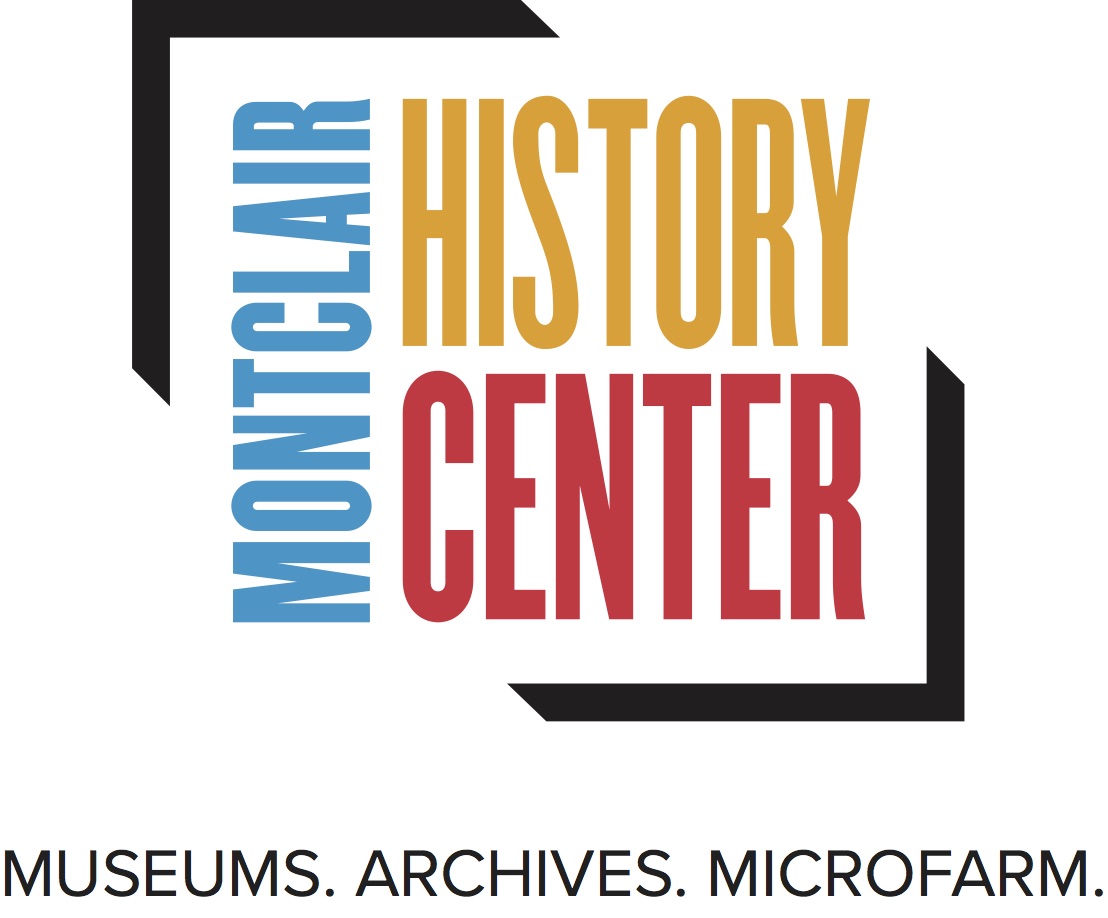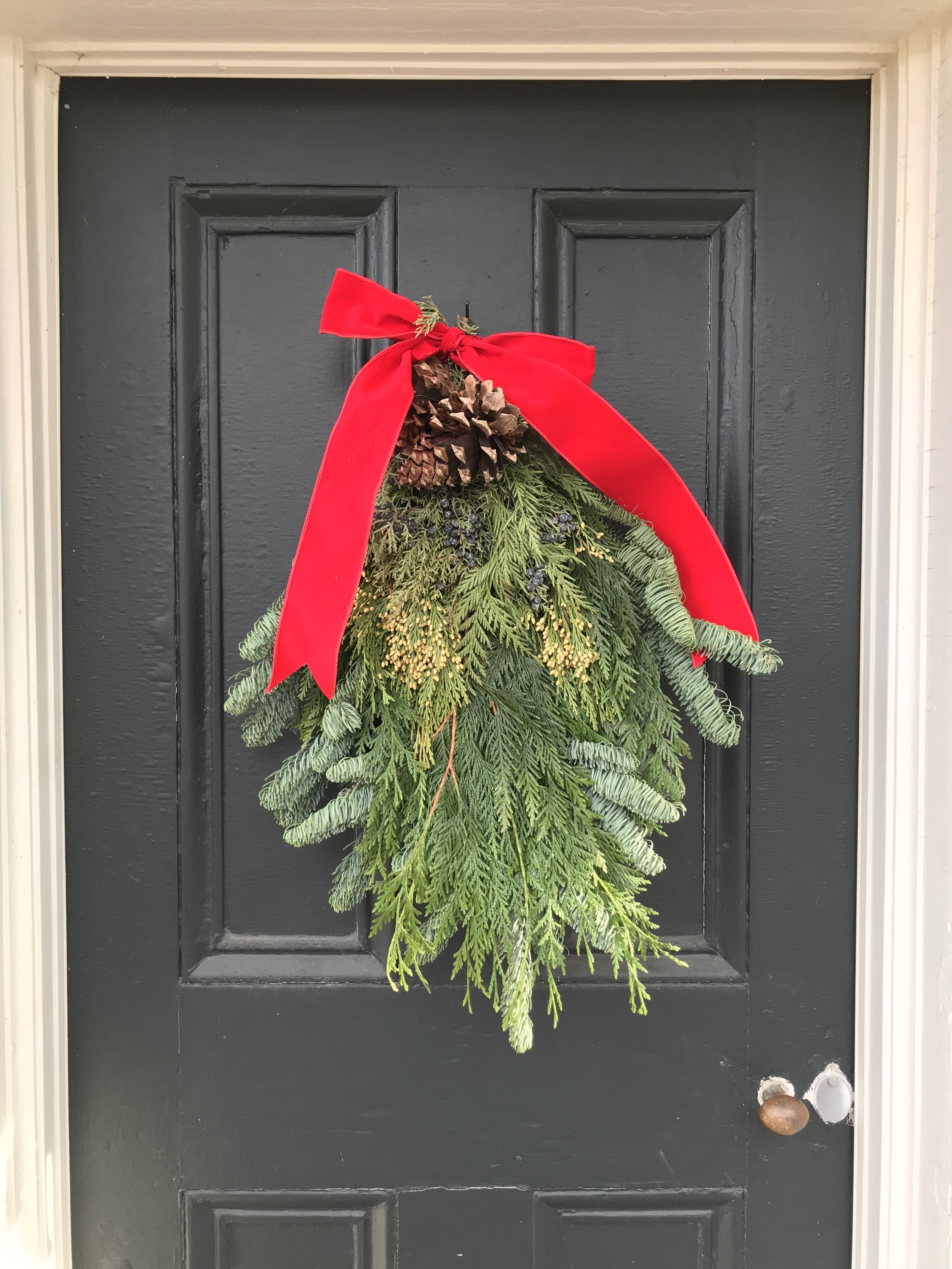Thinking you’ll celebrate an “old fashioned Christmas?” Choose your century carefully!
In Elizabethan England of the 1500s, Christmas had been a good excuse for a party! Unfortunately, the carousing and drunkenness began to get out of hand, and Christmas festivities were discouraged or eliminated entirely during the Christian Reformation that followed.
Early colonists in America were conflicted about the appropriate way to celebrate the holiday. In 1621, Governor William Bradford, demonstrating Puritan contempt for the revelry, ordered everyone in Plymouth Colony back to work on Christmas Day when some were discovered celebrating in the street. From 1659 to 1681, Christmas was officially banned in Boston! A “Publick Notice” read:
“The Observance of Christmas having been deemed a sacrilege, the exchanging of gifts and greetings, dressing in Fine clothing, feasting and other similar Satanical Practices are hereby forbidden with the offer liable to a fine of five shillings.”
Even the almanacs didn’t mention Christmas day until 1730, when the holiday began to creep back into the oft-read books. Many of the Christmas carols we know today date from this “reawakening” period in the first half of the 1700s—Hark the Herald Angels Sing (1739) and Joy to the World (1719).
Depending on one’s religion, Christmas in the 1600s and 1700s was celebrated in different ways:
The Puritans strictly abstained from celebrations and the Quakers declared, “no more baking of bread for the Christmas festival than any other day; and no Christmas porridge on Christmas Day.”
The Dutch Reformed Church congregants worshipped in church on Christmas Day.
The Presbyterians initially weren’t in favor of holding worship services, but when their congregants began attending Christmas services offered by other denominations, they acquiesced.
Anglicans and Roman Catholics celebrated the holiday with gusto.
By the late 1700s, Christmas observances ranged from a pious observance to a party, but it was not a child-centered or commercial holiday. Decorations, if any, were simple. They would have been gathered from materials available outside the home…holly, evergreens, and perhaps some dried flowers. Unless the family was wealthy, they wouldn’t have used dried or fresh fruit. Food was precious and anything you grew and harvested had to last you through the winter.
Most colonial and early American households could create this simple holiday swag using greenery commonly found around the home or in nearby woods.
Christmases past in the Crane House and Historic YWCA
Israel Crane and his wife Fanny lived in the house we now refer to as the Crane House and Historic YWCA from 1796 to 1840. By that time, more festive Christmas celebrations had become the norm. As Presbyterians, they celebrated by going to church where they might have sung those new hymns like Hark the Herald Angels Sing or Silent Night. The Cranes were wealthy and Israel Crane owned a general store, so in addition to simple decorative greens, he would have had access to luxury items, like citrus fruits, to display in a bowl or to add to a wreath, as seen below.
Holiday displays that included citrus were a sign of wealth
A wreath that included dried fruit slices also indicated a wealthy household that could afford luxury
The next generation of the Crane family, James Crane and his wife Phebe, lived in the house from 1840 to 1900. Their Christmas decorations would have reflected their affluent lifestyle. Perhaps they even erected a small, tabletop Christmas tree lit with candles — as Christmas trees started to gain in popularity in the late 1800s.
This holiday centerpiece laden with fruits and greens is well-matched to an affluent family’s sophisticated table set with fine china and linens.
After the Crane family, the YWCA owned the house from 1920-1965 and, as a Christian organization, celebrated Christmas each year. By this period of the 20th century, everyone who celebrated the holiday had a Christmas tree. Mass-produced ornaments, tinsel, and bubble lights adorned the trees, some of which were artificial or even aluminum. Brightly colored, whimsical plastic and electric decorations took their place beside fresh-cut greens.
A 1960s tree featured bright bubble lights and colorful glass ornaments
We’re fortunate to interpret the Crane House and Historic YWCA through several centuries and see the evolution of holiday traditions as we travel from room to room.
The Montclair History Center gives great thanks to the artistry and generosity of the Garden Club of Montclair, whose members have beautifully and authentically decorated the house for the holidays for more than 25 years.
Please join the Montclair History Center for 2020 holiday programming which includes:
Thursday, Dec. 17, noon and 7 pm:
History at Home: Christmases Long Long Ago [FREE virtual program via Zoom]
A more detailed discussion of the traditions touched on here, with more stories and many more photos decorations within the Crane House and Historic YWCA, including the latest creations from the Garden Club of Montclair! Get Zoom link here: https://www.montclairhistory.org/all-events/2020/12/17/history-at-home-christmases-long-long-ago
Friday, December 18, 4pm- 8 pm
A Children’s Holiday [in-person event; subject to change]
A family friendly tour – see website for details, registration, and costs
https://www.montclairhistory.org/all-events/2020/12/18/a-childrens-holiday
Happy and Safe Holidays to All!





